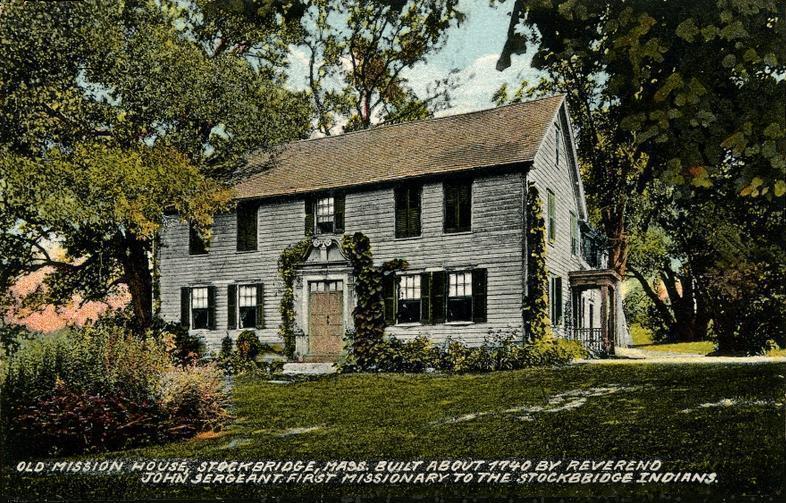April 1818 The Vermont offensive
Vermont was one of the few players in the New English Civil War that was able to get its population mobilized for the war and focused in the same direction. Vermont took its time in making its move waiting until the spring of 1818, when it had its full militia muster of 23,000 men(19,383 infantry, 3,000 dragoons and 27 artillery pieces) called up to duty. Their second reason for doing this was to gauge how the war was going and how to act with their army, and by the spring of 1818 the Vermonters had drawn up their move. General Samuel Strong of Vergennes was placed in command of the Vermonter’s main column 10,000 infantry 1,500 cavalry and 12 guns assembling at Pownal, Vermont. General Jacob Davis of Milton was placed in command of the second column of 5,000 infantry, 1,000 cavalry, and 9 guns assembling at Brattleboro, Vermont. And lastly General Jonathan Edwards Robinson of Bennington was placed in command of 4,383 Infantry, 500 Dragoons, and 6 artillery pieces that was to remain in Montpelier, Vermont to defend the capital.
On April 24, 1818 The Vermonters started their attack with both Strong’s and Davis’s columns moving south from there assembly points. Davis’ objective was to move south along the Connecticut he was to seize the crossings at Northampton and Springfield, this was to prevent any reinforcements coming from the Siege of Boston. While Davis was doing that Strong would advance south and attack the Reunionist forces besieging the Massachusetts Republicans entrenched in side of Pittsfield.
The Pittsfield Campaign was one of those rare wartime plans that actually went according to plan. By dusk on April 27, 1818 Davis had secured all of the crossings as far south as Springfield Massachusetts. Meanwhile to the west Strong’s column arrived at Lanesborough, Massachusetts as dusk fell on April 26, 1818. Strong made sure to deploy his men in to combat formation and post a heavy picket line before he encamped for the night. Just to the East in Dalton, Massachusetts. Major General William Hull of Connecticut commander of the Reunionist force besieging Pittsfield learned of the Vermonters arrival, he and his staff would spend the better part of the night devising a reaction plan.
Hull had 9,800 infantry 1,200 dragoons, and 22 artillery pieces under his command, said command was currently deployed in a north facing C around Pittsfield. Inside Pittsfield were just under 4,000 Republican Infantry, and 800 dragoons supported by 12 guns. Separating the two forces was the Eastern Branch of the Housatonic River. Since the Republicans had destroyed the bridges across the river a direct attack on either was difficult which was why he was still here; yet if to hostile forces joined then would be badly out numbered. It was about 3am when word reached him of a second Vermonter column advancing down the Connecticut River. This ended Hull’s inner debate he would with draw to the south and give battle on ground of his choosing. Starting with the dawn Hull slowly started withdrawing his men south by the time dusk fell the last troops were marching south save for a rear guard of 1,000 men
It was 8 Am when the Vermonters approached the Republican positions in Pittsfield. General Strong met with General Vince McDaniel the Republican Commander. Strong outlined how Vermont was determined to drive the Reunionist east of the Connecticut River, and secure at that area and create a Vermont influence zone. Mann Agreed to work in unison with Strong’s command to defeat the Reunionist although he wasn’t very crazy about where Strong’s words would lead in the Future.
By this time 10am it was clear that the Reunionist were withdrawing to the south however as most of the bridges across the river were destroyed it allowed their rear guard to concentrate on the few remaining bridges turning McDaniel’s own strategy against him. So Strong ordered all but 100 of the2,300 Dragoons to take the Richmond Road to Stockbridge, where they would capture and hold the bridges across the Housatonic River. Once the Cavalry had left the Infantry would force the crossing to ensure that they left undetected.
The attack on the Bridge and the Dragoon’s departure both occurred at high noon. The Reunionist rear guard fought like men possessed. Holding up the Republican’s attack for over two hours before finally being forced to withdraw; the Republicans would lose 500 men killed with 800 wounded, while the Reunionist would lose just 250 killed and 600 wounded. McDaniel would agree to a three hour truce to allow for the wounded and dead to be seen to once he had a secured his bridge head on the southern bank. It was dusk before the Final Reunionist pulled back. This would set up the battle of Windin Hill, a hill just south of Lenox that dominated the road heading south, Arriving at noon with the first part of this army Hull began to place his men and create earthworks out of the earth and the Trees of the hill. By the time dawn broke on April 27, 1818 Hull was finishing his entrenchments on Windin Hill even as the Vermonters and Republicans began their march south.






